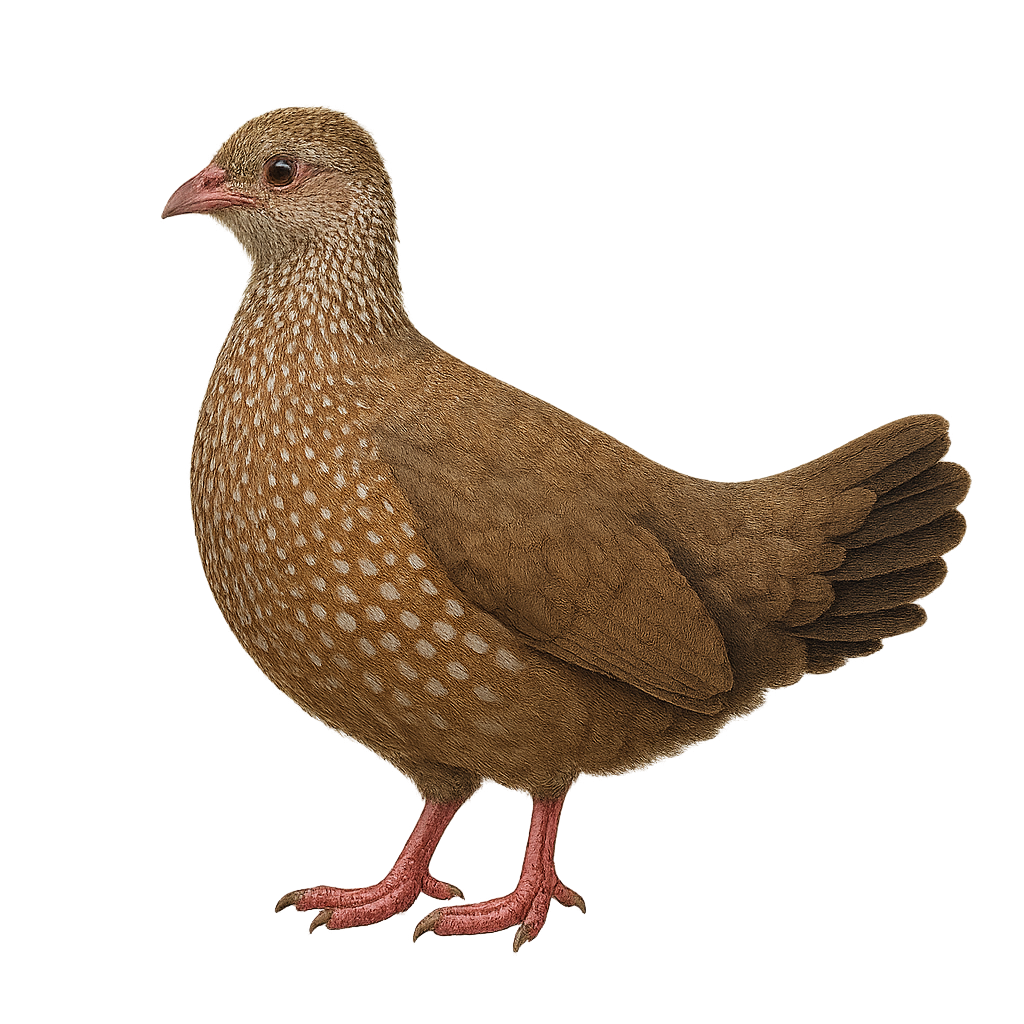Your wildlife photography guide.
Explore the stone partridge in detail, study its behavior, prepare your shots.
Where to observe and photograph the stone partridge in the wild
Learn where and when to spot the stone partridge in the wild, how to identify the species based on distinctive features, and what natural environments it inhabits. The WildlifePhotographer app offers tailored photography tips that reflect the stone partridge’s behavior, helping you capture better wildlife images. Explore the full species profile for key information including description, habitat, active periods, and approach techniques.
Stone Partridge
Scientific name: Ptilopachus petrosus

IUCN Status: Least Concern
Family: ODONTOPHORIDAE
Group: Birds
Sensitivity to human approach: Suspicious
Minimum approach distance: 10 m
Courtship display: June to August
Incubation: 18-21 jours
Hatchings: June to September
Habitat:
Savannas, rocky regions, open forests
Activity period :
Mainly active at night, generally discreet during the day.
Identification and description:
The Stone Partridge, scientifically known as Ptilopachus petrosus, is a medium-sized terrestrial bird belonging to the Odontophoridae family. It is primarily found in rocky regions and open savannas of West and Central Africa. This bird is recognizable by its speckled brown plumage, which provides effective camouflage in its natural habitat. The Stone Partridge is a social bird, often seen in small groups. It primarily feeds on seeds, insects, and small invertebrates. Although capable of flight, it prefers to run to escape predators. Its breeding season varies by region but is generally influenced by the rainy season.
Recommended lens:
400 mm – adjust based on distance, desired framing (portrait or habitat), and approach conditions.
Photography tips:
To photograph the Stone Partridge, it is advisable to use a telephoto lens of at least 400mm to capture detailed images without disturbing the bird. Look for areas where they feed or rest, often near rocks or in open savannas. Be patient and discreet, as these birds can be suspicious. Use a tripod to stabilize your camera and wait for the right moment to capture the bird in its natural environment.
The WildlifePhotographer App is coming soon!
Be the first to explore the best nature spots, track rutting seasons, log your observations, and observe more wildlife.
Already 1 439 wildlife lovers subscribed worldwide

